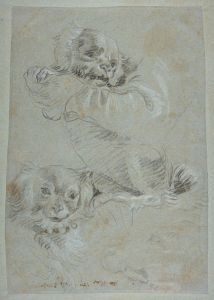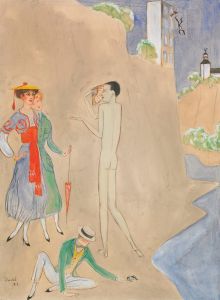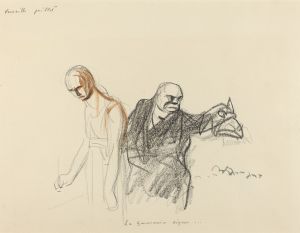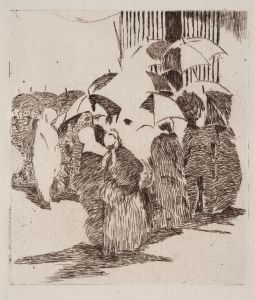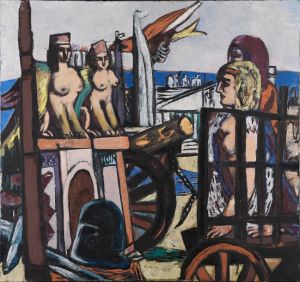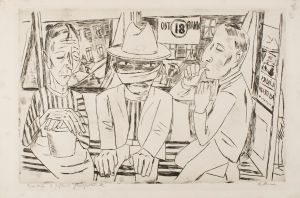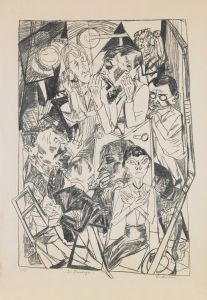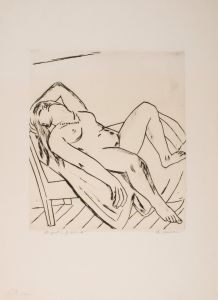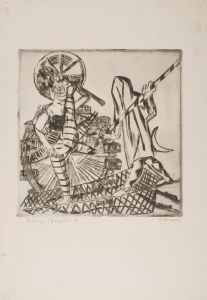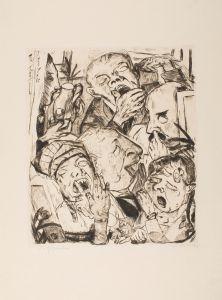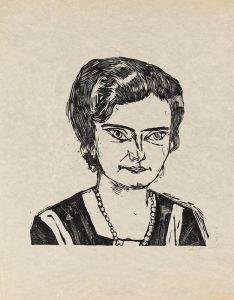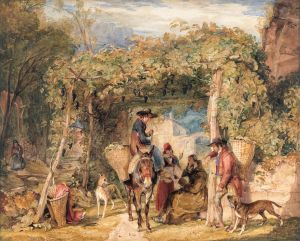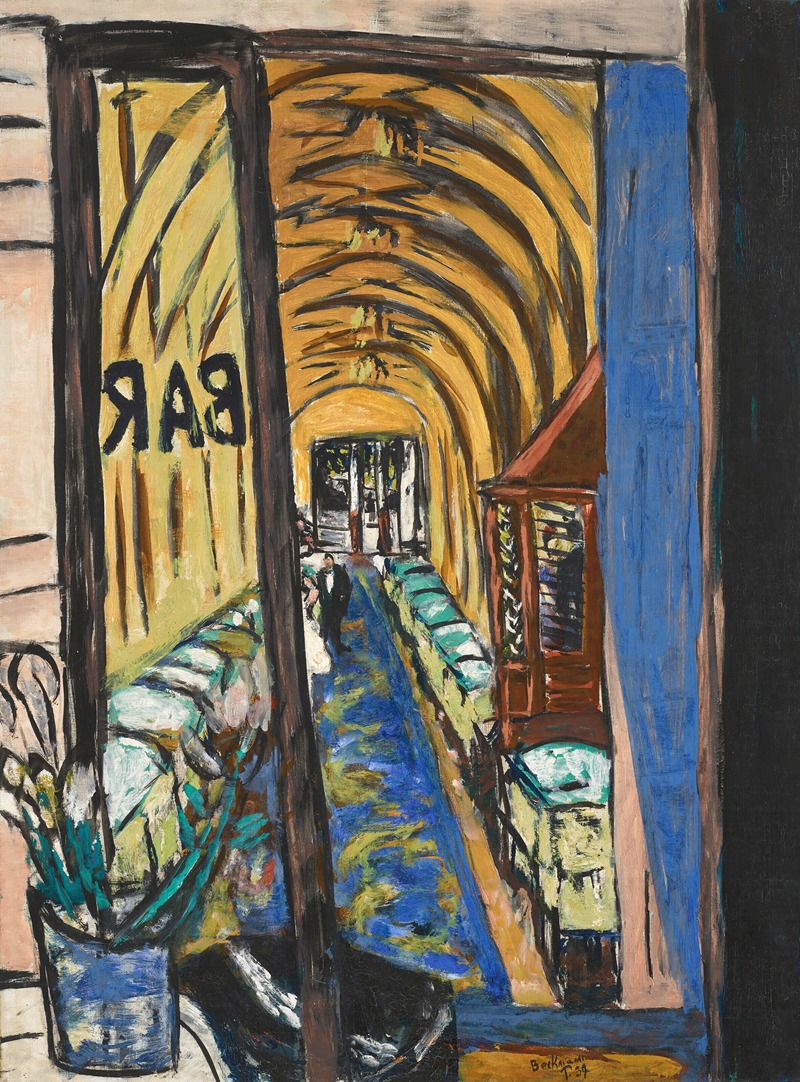
Un bar à Paris
A hand-painted replica of Max Beckmann’s masterpiece Un bar à Paris, meticulously crafted by professional artists to capture the true essence of the original. Each piece is created with museum-quality canvas and rare mineral pigments, carefully painted by experienced artists with delicate brushstrokes and rich, layered colors to perfectly recreate the texture of the original artwork. Unlike machine-printed reproductions, this hand-painted version brings the painting to life, infused with the artist’s emotions and skill in every stroke. Whether for personal collection or home decoration, it instantly elevates the artistic atmosphere of any space.
Max Beckmann (1884-1950) was a German painter, draftsman, printmaker, sculptor, and writer. He is widely regarded as one of the most important artists of the 20th century, known for his unique style that blends elements of Expressionism, New Objectivity, and Symbolism. Beckmann's works often explore themes of human suffering, existential angst, and the complexities of modern life.
"Un bar à Paris" (A Bar in Paris) is one of Beckmann's notable paintings. Created in 1931, this work reflects Beckmann's deep engagement with the social and cultural milieu of his time. The painting depicts the interior of a Parisian bar, capturing a moment of urban life with a sense of immediacy and intimacy.
In "Un bar à Paris," Beckmann employs his characteristic bold lines and vibrant colors to create a dynamic composition. The scene is populated by a variety of figures, each rendered with a distinct personality and emotional presence. The central figure, presumably a bartender, stands behind the bar, engaging with the patrons who are seated or standing around. The patrons themselves are a diverse group, suggesting the cosmopolitan nature of Parisian society during the interwar period.
The painting is notable for its complex spatial arrangement and the interplay of light and shadow. Beckmann's use of perspective and his manipulation of the picture plane create a sense of depth and movement, drawing the viewer into the scene. The bar itself is depicted with meticulous attention to detail, from the bottles and glasses on the counter to the reflections in the mirrors behind the bar.
"Un bar à Paris" also reflects Beckmann's interest in the human condition and the social dynamics of urban life. The interactions between the figures in the painting suggest a range of emotions and relationships, from camaraderie and conviviality to isolation and introspection. This focus on the psychological and emotional aspects of human experience is a hallmark of Beckmann's work.
The painting is part of Beckmann's broader body of work that often explores themes of exile, displacement, and the search for identity. Beckmann himself experienced significant upheaval in his life, having fled Germany in 1937 due to the rise of the Nazi regime. He spent time in Amsterdam before eventually emigrating to the United States in 1947, where he continued to work and teach until his death in 1950.
"Un bar à Paris" is held in high regard within the art world and is part of the collection of the Saint Louis Art Museum in Missouri, USA. It continues to be studied and appreciated for its artistic merit and its insight into the social and cultural context of early 20th-century Europe.
In summary, "Un bar à Paris" by Max Beckmann is a significant work that captures the vibrancy and complexity of urban life in Paris during the interwar period. Through his distinctive style and keen observation, Beckmann offers a compelling portrayal of the human condition, making this painting a valuable piece of art history.





